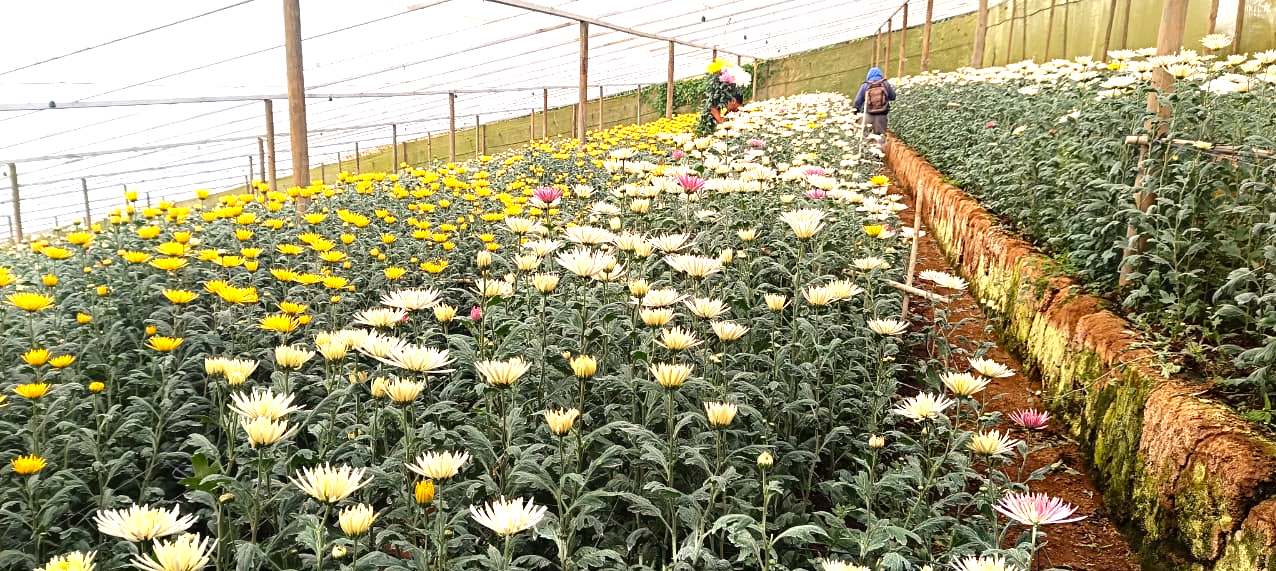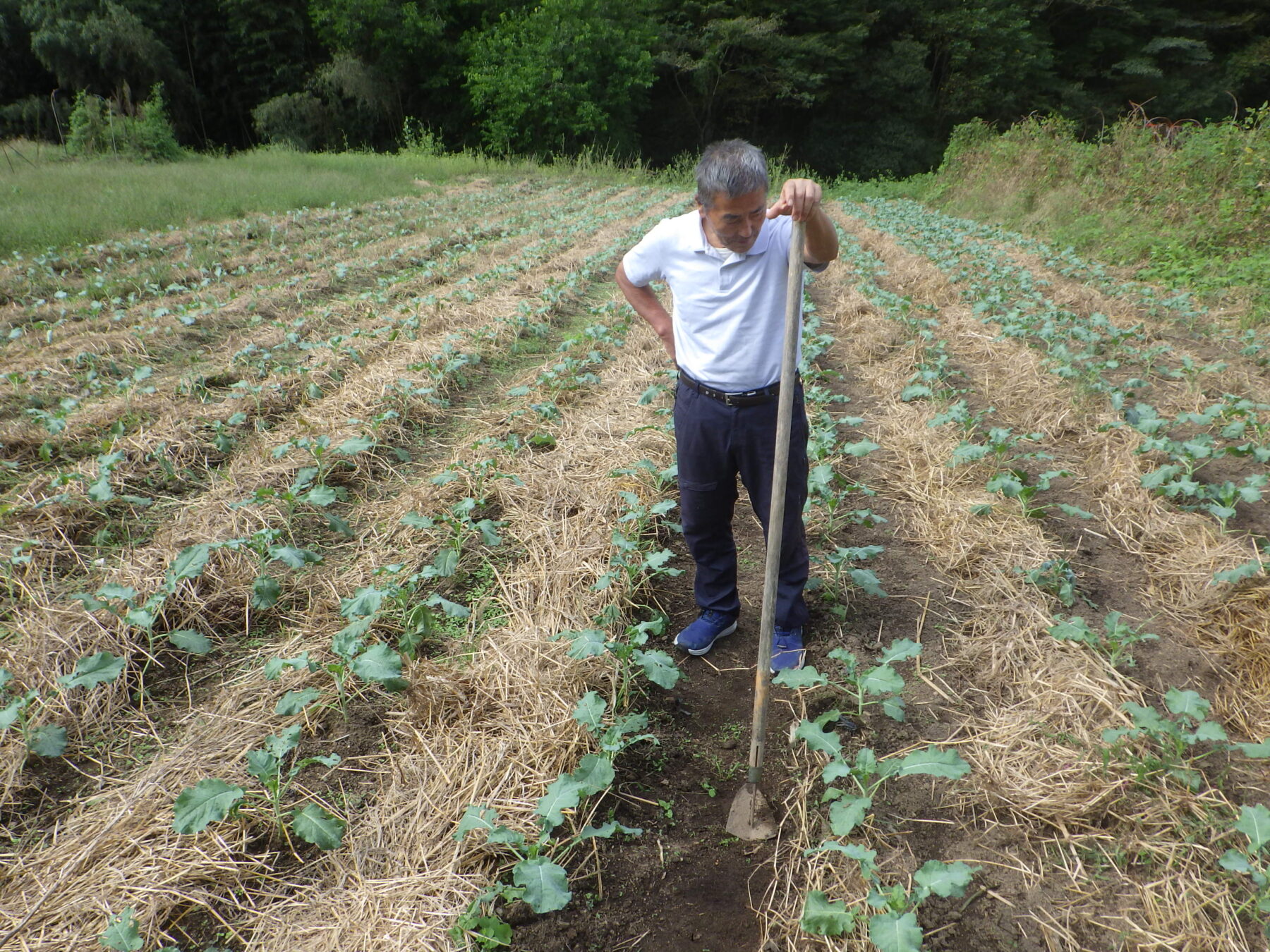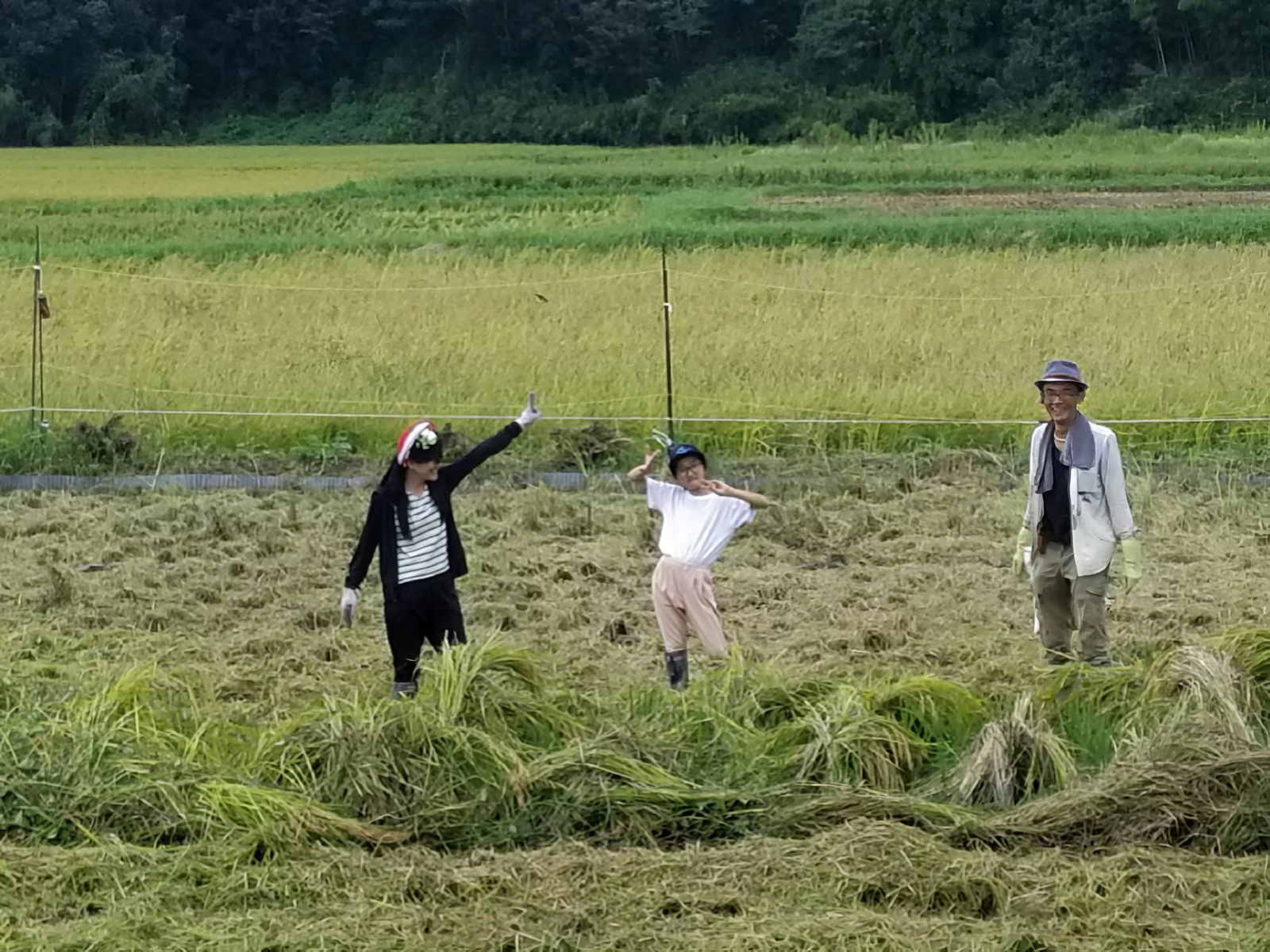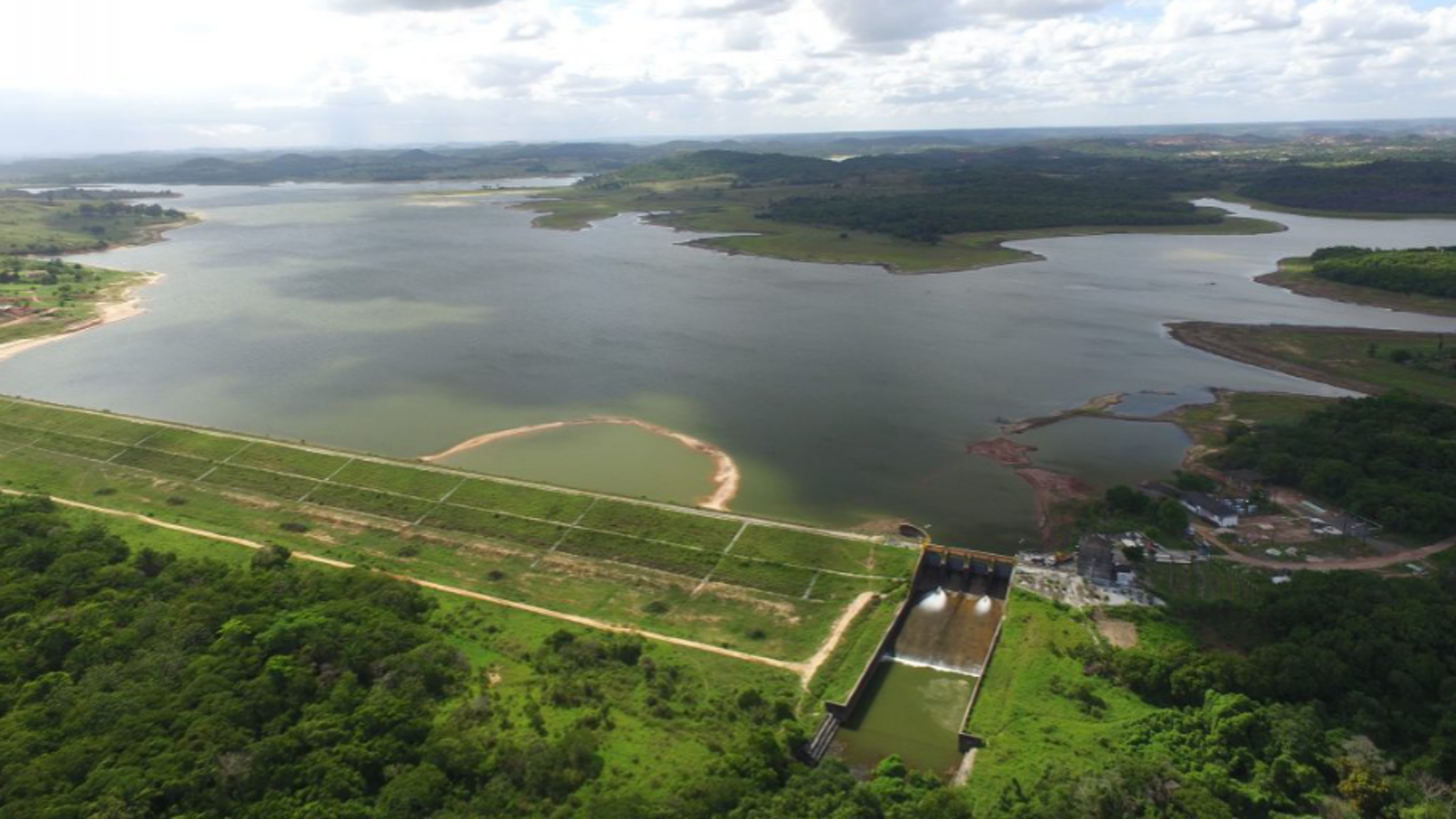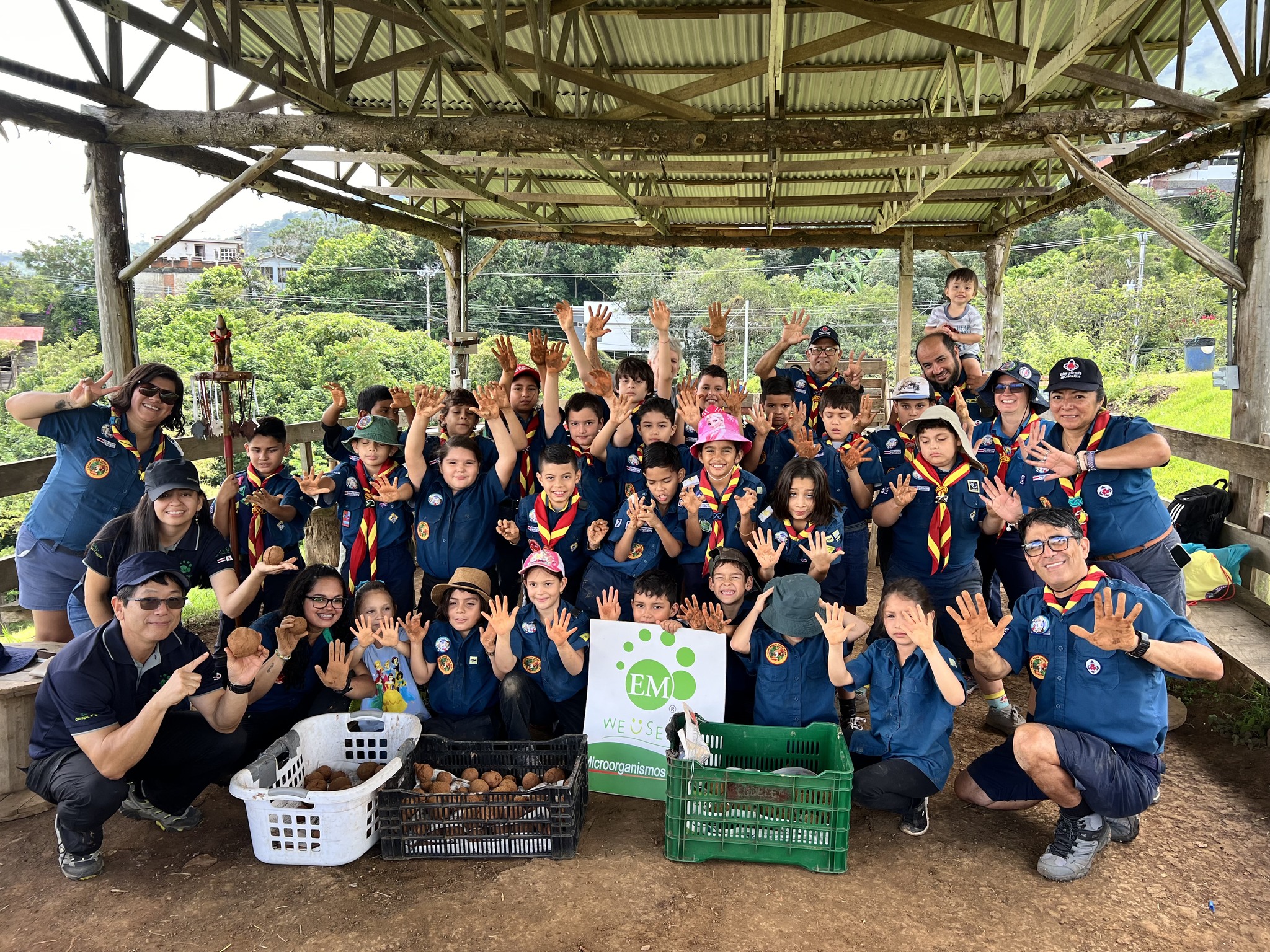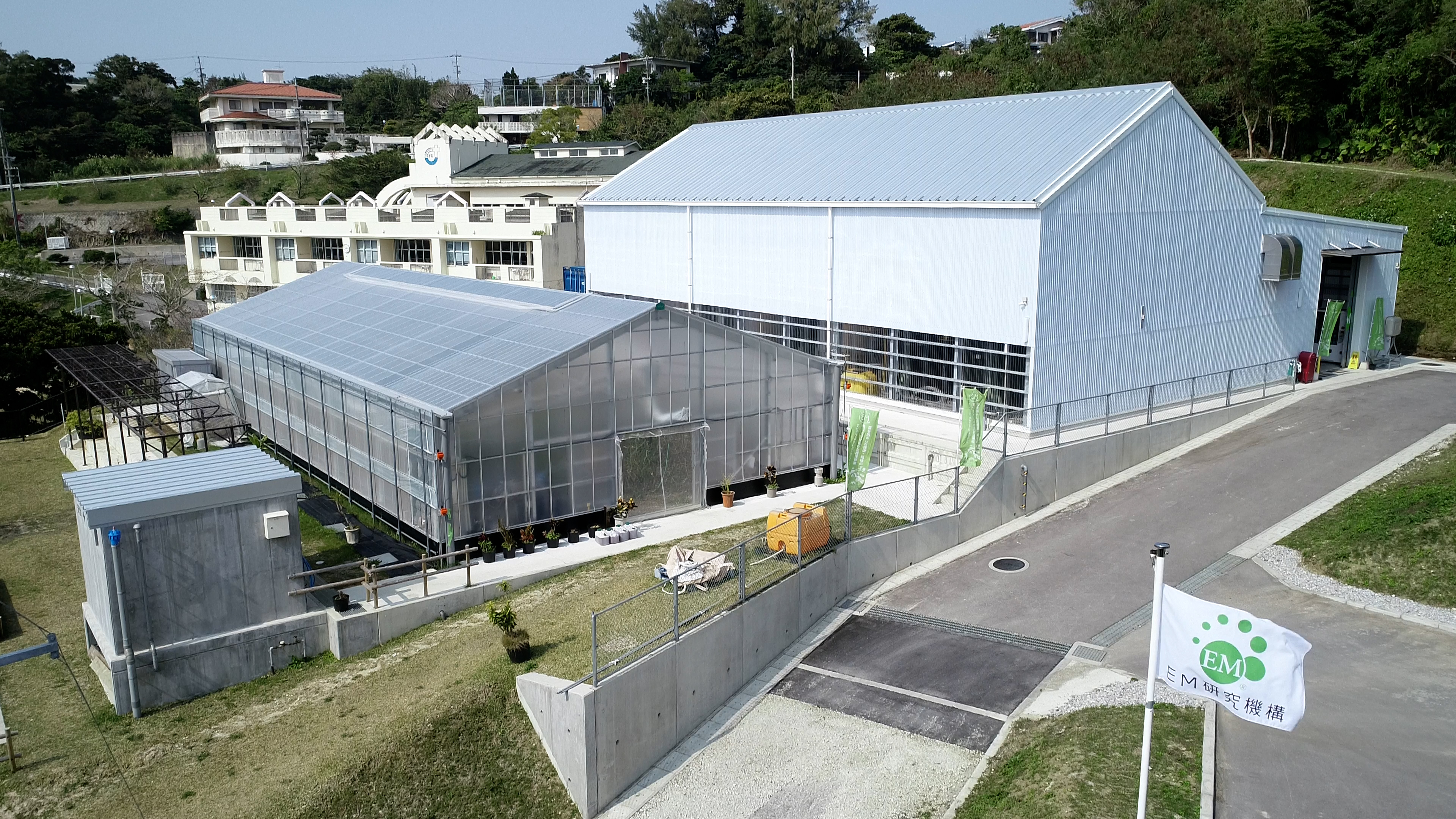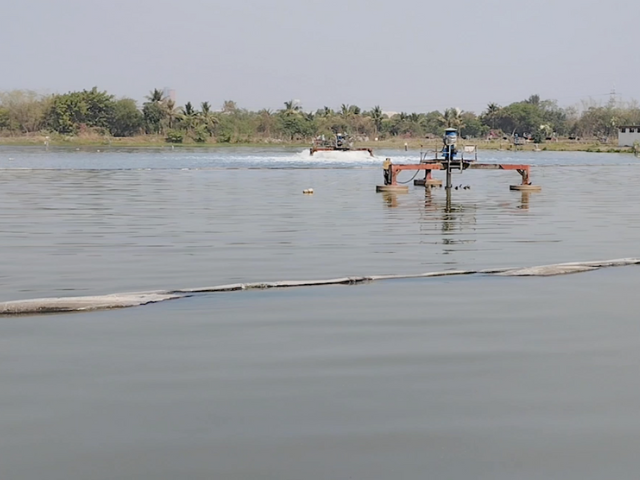Case Studies
Fish Coming Back to the River
Brazil
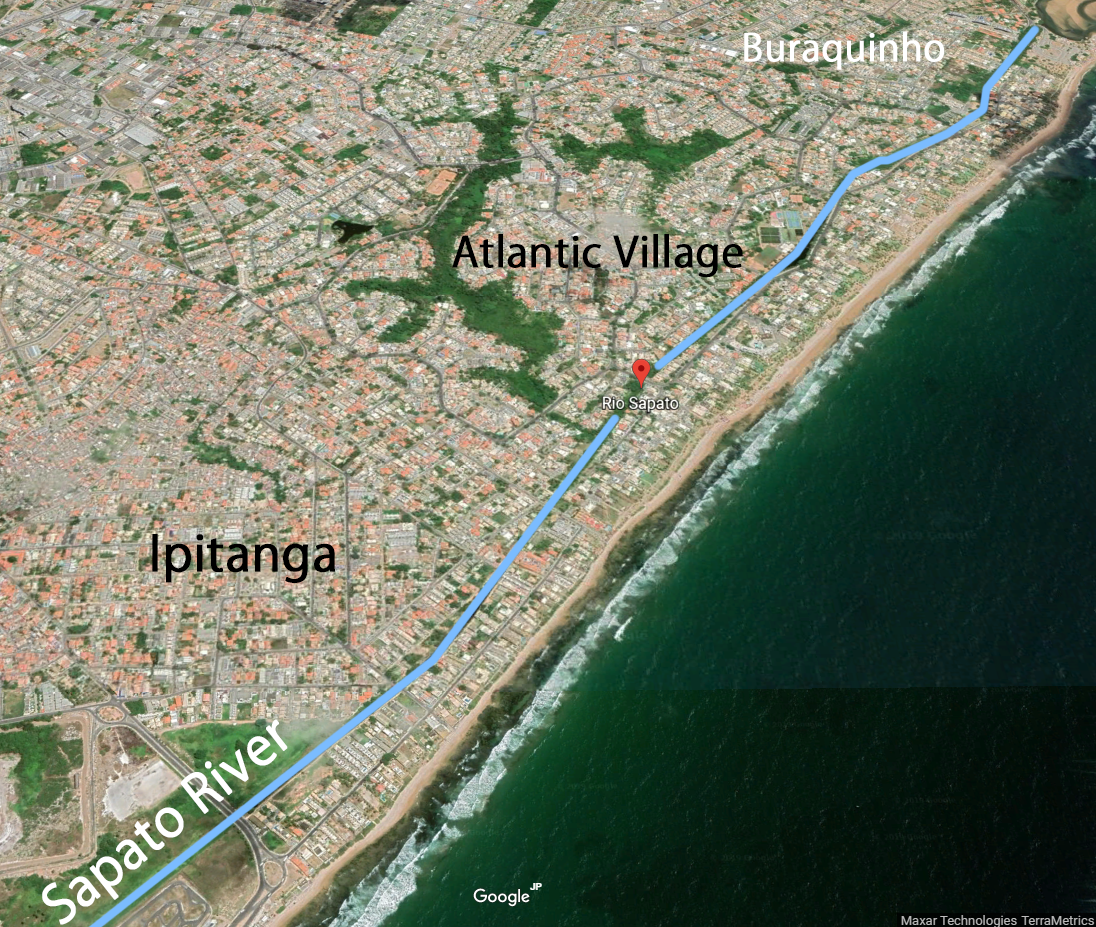
The Sapato River is located in the Metropolitan Region of Salvador, Brazil, both of its source (Abaeté Lake) and its mouth (Joanes River) are located in Ambiental Protected Areas.
With a total longitude of 5km, an average width of 10m, an average depth of 0.9m and an approximate 36.000m3 of total volume, this river has both salty water (over 0.5% and less than 30% of salt) and sweet water (less than 0.5% salt) in different segments.
In a joint project with the Municipal Secretary of Environment, Lautaro de Freitas Sanitation and Water Resources, EMBASA and AMBIEM LTDA, the Sapato River was treated with EM for 12 months.
With a total longitude of 5km, an average width of 10m, an average depth of 0.9m and an approximate 36.000m3 of total volume, this river has both salty water (over 0.5% and less than 30% of salt) and sweet water (less than 0.5% salt) in different segments.
In a joint project with the Municipal Secretary of Environment, Lautaro de Freitas Sanitation and Water Resources, EMBASA and AMBIEM LTDA, the Sapato River was treated with EM for 12 months.
The project started on August 1st, 2018 by taking water samples from 3 different points along the river, the first point was a bridge located in Rua Santo Antônio de Ipitanga, the second point was the bridge in Rua Praia de Copacabana and the last point was located in Rua Praia de Tambaú.
Empresa Baiana de Águas e Saneamento (EMBASA, Bahiana Water and Sanitation Company) was in charge of the analysis and sampling of the water, as well as, creating a report of the analysis on the total amount of coliforms, physicochemical test, BOD5, E. Coli, phosphorus, ammonia and DO. These sampling and analysis where executed monthly.
Empresa Baiana de Águas e Saneamento (EMBASA, Bahiana Water and Sanitation Company) was in charge of the analysis and sampling of the water, as well as, creating a report of the analysis on the total amount of coliforms, physicochemical test, BOD5, E. Coli, phosphorus, ammonia and DO. These sampling and analysis where executed monthly.

Activated EM・1 was applied directly in 8 points along Sapato River:
・Rua Santo Antônio de Ipitanga
・Av. Amarilio Thiago dos Santos
・Rua Elsa Paranhos
・Rua José Ribeiro da Silva
・Rua Praia de Copacabana
・Praia de Itapoan
・AV. Praia de Itamaraca
・Rua Praia de Tambaú
Follow the link here to watch how the application changed the river.
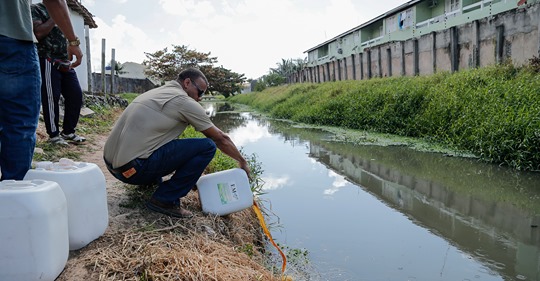
Secretaria de Serviço Público (SESP, Public Service Secretariat) was in charge of removing the excess of Baroness (aquatic plants) from the river to help with the physical clean up.
Not only they applied Activated EM・1 but also 3.000 EM Mudballs were thrown to cleanse the organic matter.
Vitória Régia Municipal School participated in the creation of these EM Mudballs at the Vilas do Atlântico Ecological Park on September 12 and October 11, 2018. In addition, the participants had an interactive lecture on how to create the Mudballs.
Not only they applied Activated EM・1 but also 3.000 EM Mudballs were thrown to cleanse the organic matter.
Vitória Régia Municipal School participated in the creation of these EM Mudballs at the Vilas do Atlântico Ecological Park on September 12 and October 11, 2018. In addition, the participants had an interactive lecture on how to create the Mudballs.
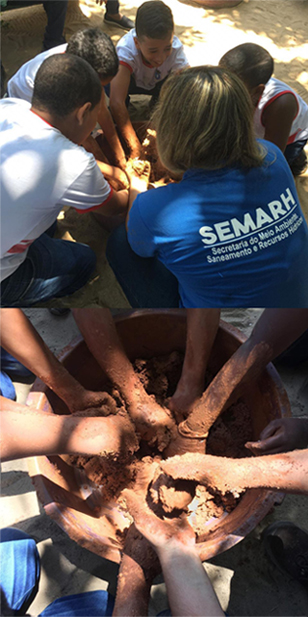
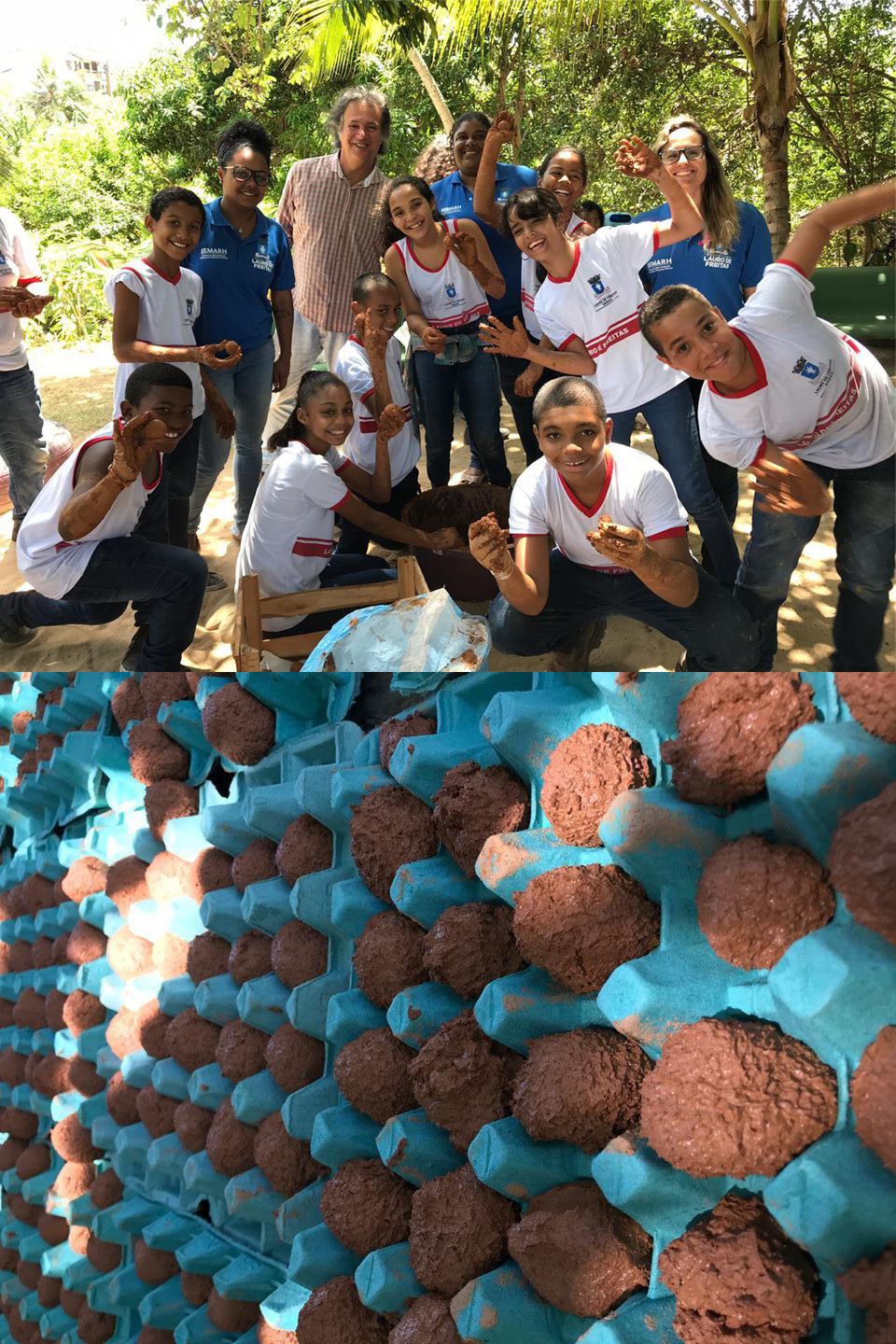
Results
At the beginning of the project, the first sample showed that the 1st sampling point (Green) had the best water quality, the 2nd point (Red) showed the most pollution and the 3rd (Blue) was the closest to the mouth, closest to the sea.
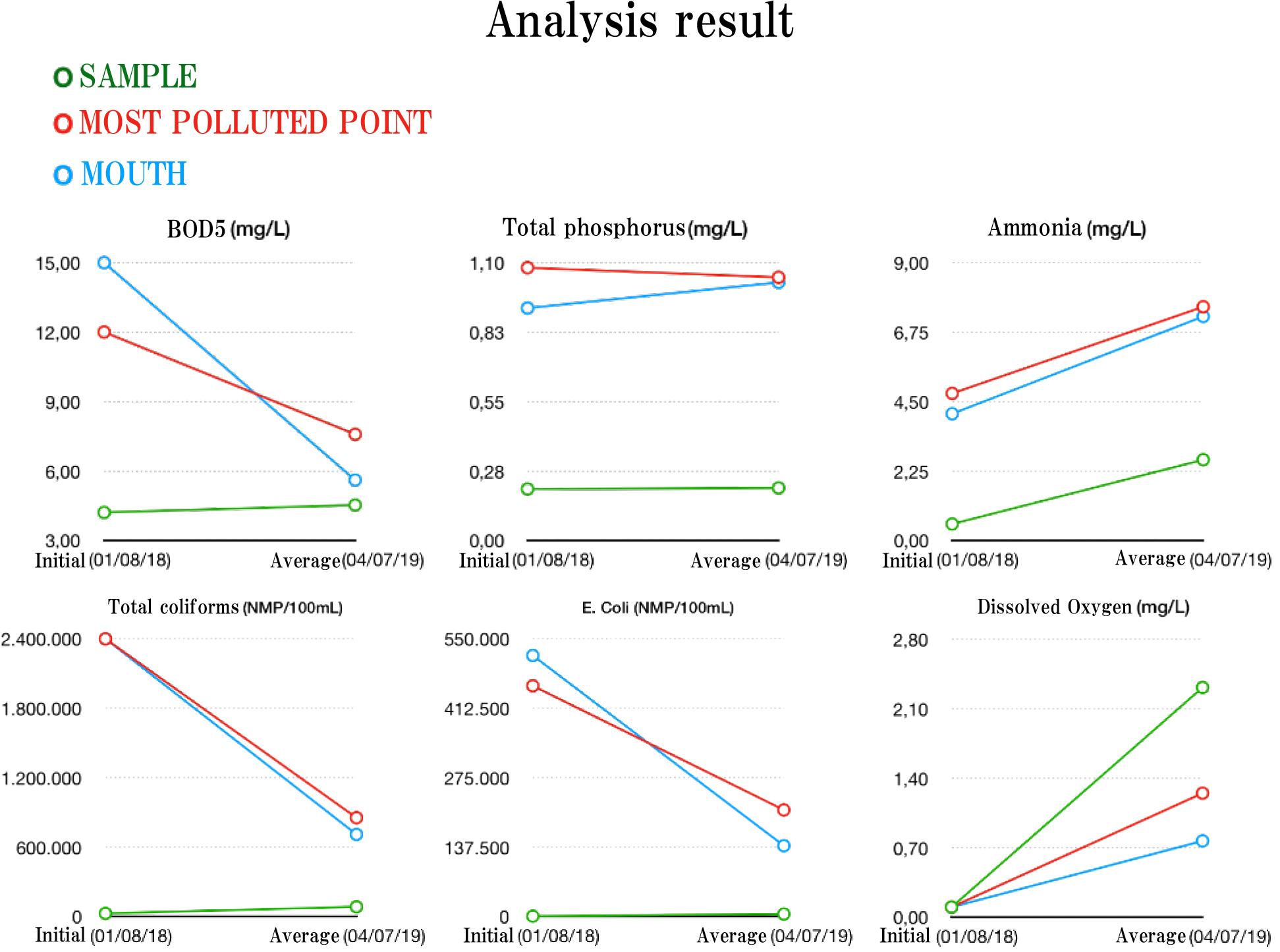
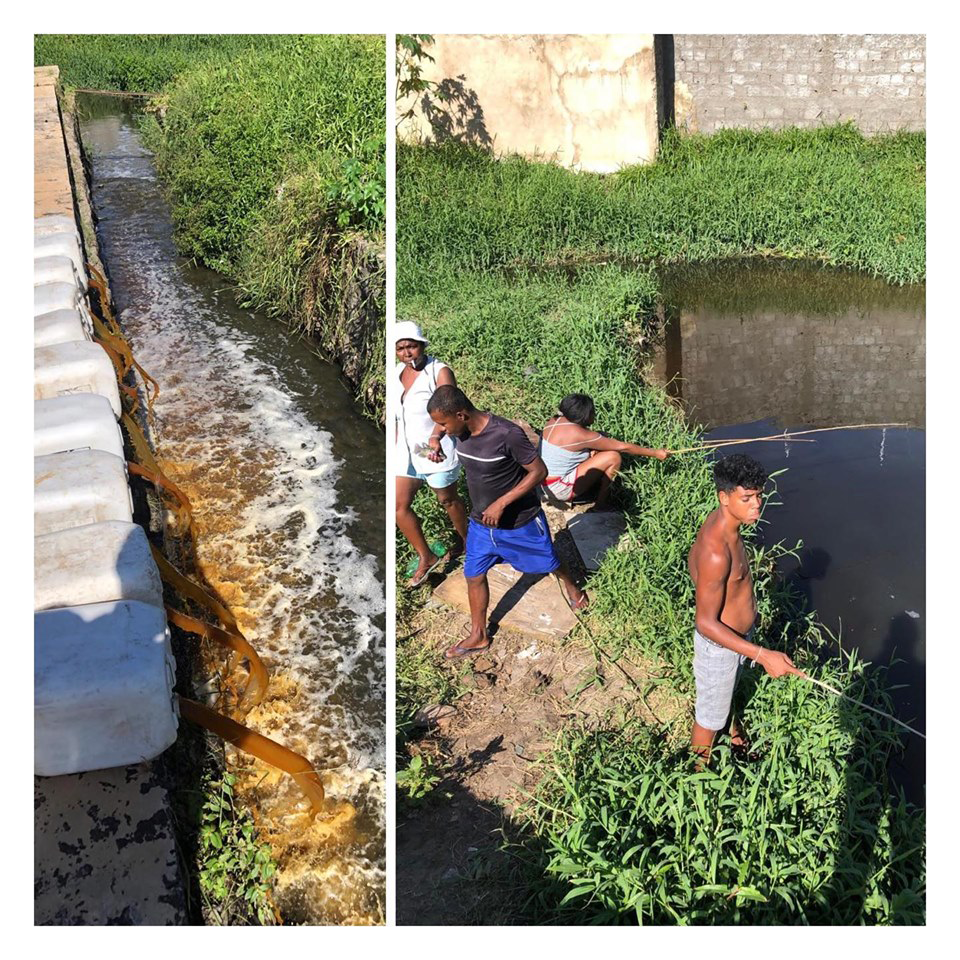
Fish are sensitive to changes in their environment and they can not live in polluted water, this is one of the best biological indicator that the water quality is good.
Fingerlings (small fish) could be seen along the river from the 5th month of treatment and increased in quantity every month, showing the waters quality enhancement.
Fingerlings (small fish) could be seen along the river from the 5th month of treatment and increased in quantity every month, showing the waters quality enhancement.
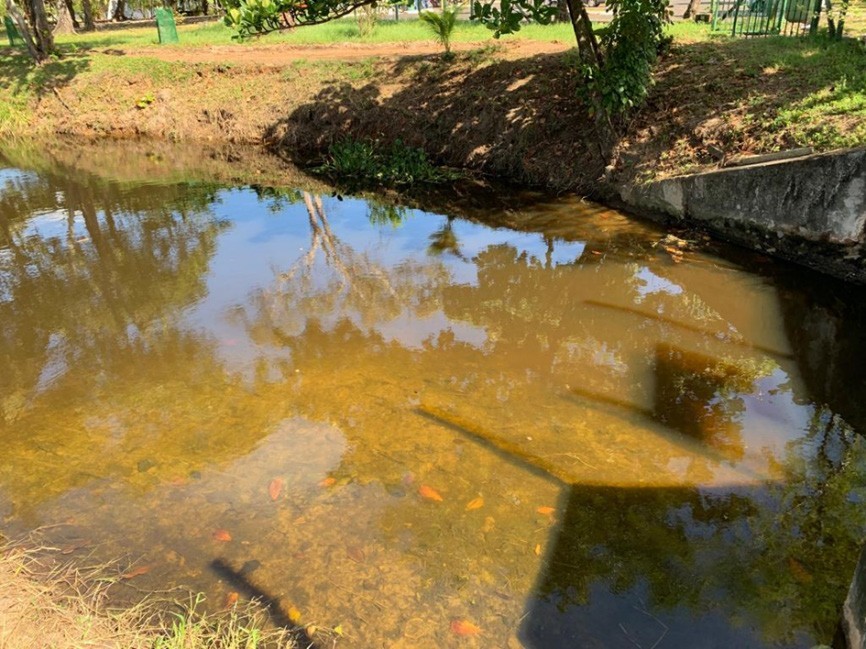
Access the original report by clicking here (Portuguese only).
For more information, please contact our partner in Brazil
Ambiem Ltda.
Alameda das Acacias Q F3 Cond. Jardim do Atlantico - Miragem Lauro de Freitas -BA CEP 42.709-900 Brasil
Tel: +55 (71) 3289-3471
Tel: +55 (71) 99969-9757
E-mail: ambiem@em-la.com
Web: http://em-la.com/
Facebook: https://www.facebook.com/TecnologiaEM/
For more information, please contact our partner in Brazil
Ambiem Ltda.
Alameda das Acacias Q F3 Cond. Jardim do Atlantico - Miragem Lauro de Freitas -BA CEP 42.709-900 Brasil
Tel: +55 (71) 3289-3471
Tel: +55 (71) 99969-9757
E-mail: ambiem@em-la.com
Web: http://em-la.com/
Facebook: https://www.facebook.com/TecnologiaEM/

